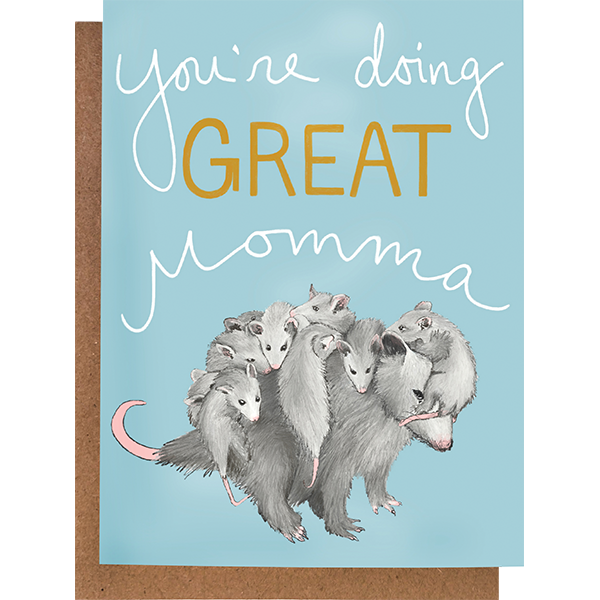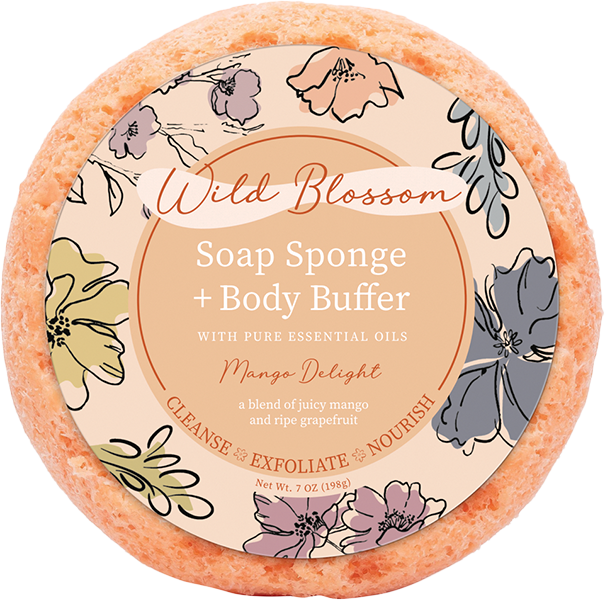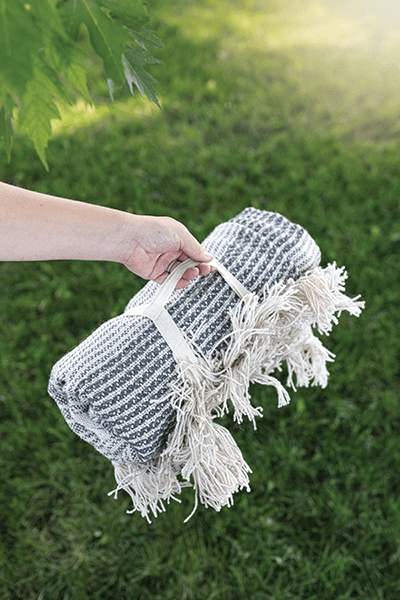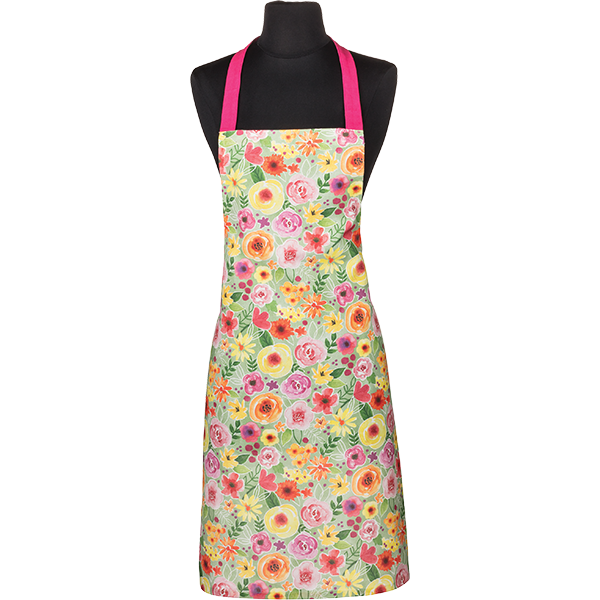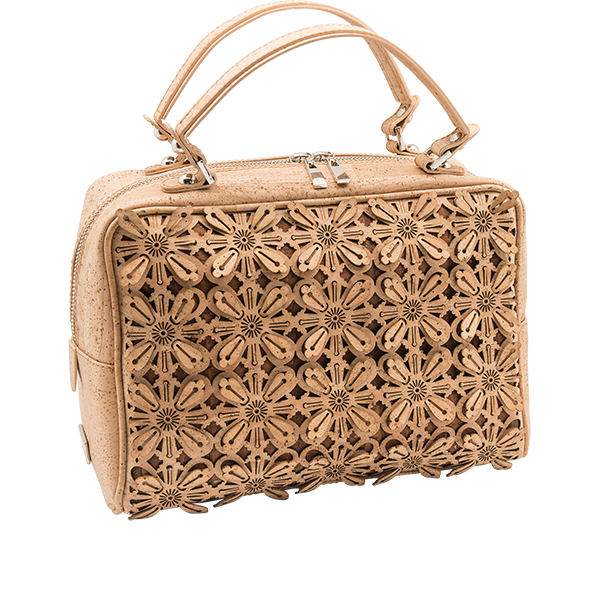Spreading knowledge about endangered species
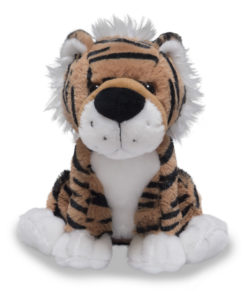
“All over the world today, vast numbers of fine and harmless wild creatures are losing their lives, or their homes, in an orgy of thoughtless and needless destruction.”
These are the words that open the declaration that became known as the Morges Manifesto. What was born of that manifesto, was the World Wildlife Fund.
The World Wildlife Fund was conceived in 1961, with the intention of protecting the world’s environment in multiple capacities. It strives to save the most ecologically, economically and culturally important species in the wild. The perpetual fight to conserve is thanks, in large part, to an extensive and dynamic group of scientists, policy makers and other experts.
The organization focuses its efforts around six areas: oceans, forests, wildlife, fresh water, food and climate. It discusses topics like food waste, what we can do to prevent climate change, and what we can do to create a water-secure future.
But it all started with wildlife. Our living planet is in danger, and WWF’s core foundation has always been to work with communities in order to help. According to the WWF website, the Living Planet Report found
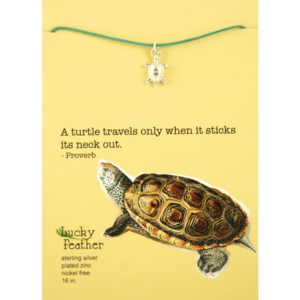
populations of animals declined by 58 percent between 1970 and 2012. “The good news is we’ve also seen what’s working,” the website reads. “WWF has been part of successful wildlife recovery stories ranging from southern Africa’s black rhino to black bucks in the Himalayas.”
There are things individuals can do to support the WWF mission. Donations, fundraisers, symbolic animal adoption and becoming a panda
ambassador are just a few. Other companies donate to WWF and sell their products wholesale; Bearitos, makers of tortilla chips and snack puffs, has an effort to donate $150,000, and Theory 11 is donating $1 of every Animal Kingdom deck sold to WWF.
Those outside the organization are also doing whatever they can to help, and simply making your customers aware of the issues can contribute
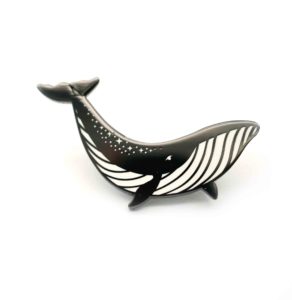
tremendously. Create a WWF or Endangered Species display with favorite plush toys and books that educate. Start a dialogue with visitors and make your participation known. To help further, we’ve also curated some products featuring beloved endangered and critically endangered animals so you can show your support with more product.
For more information on how you can help as a retailer, or as an individual, visit worldwildlife.org.















